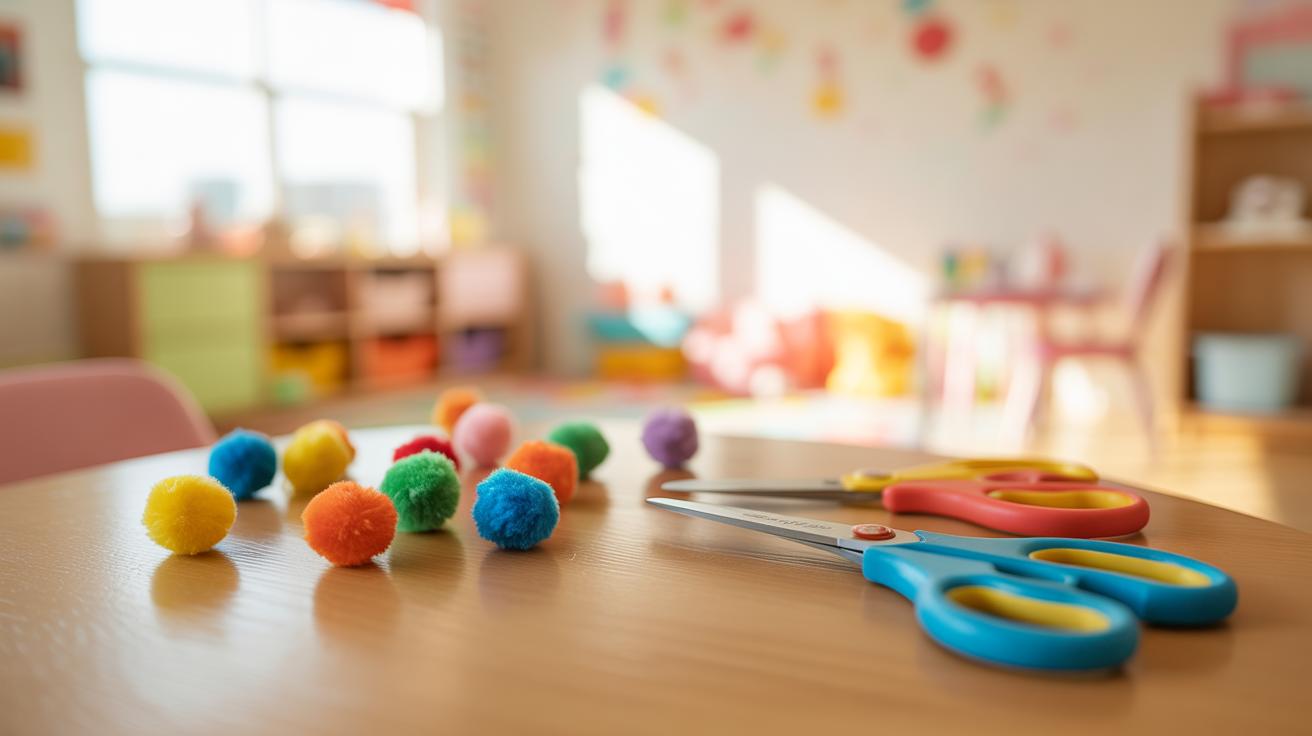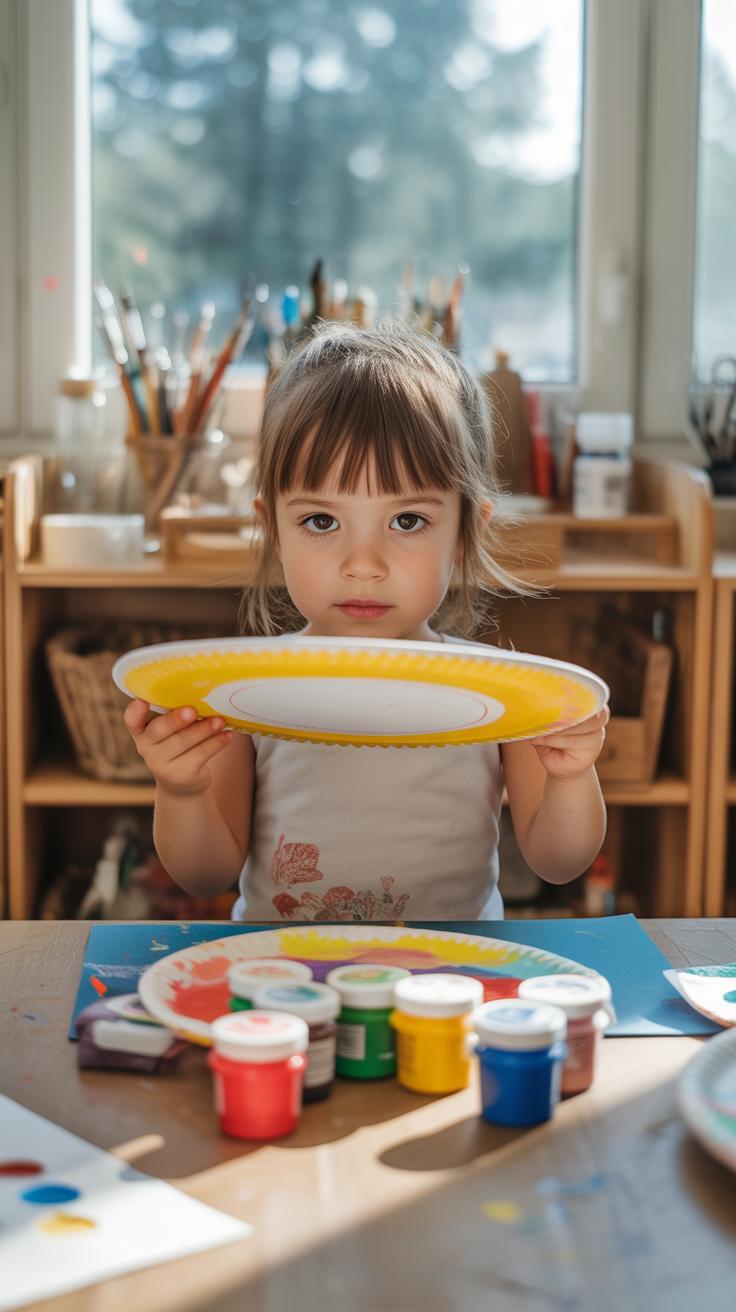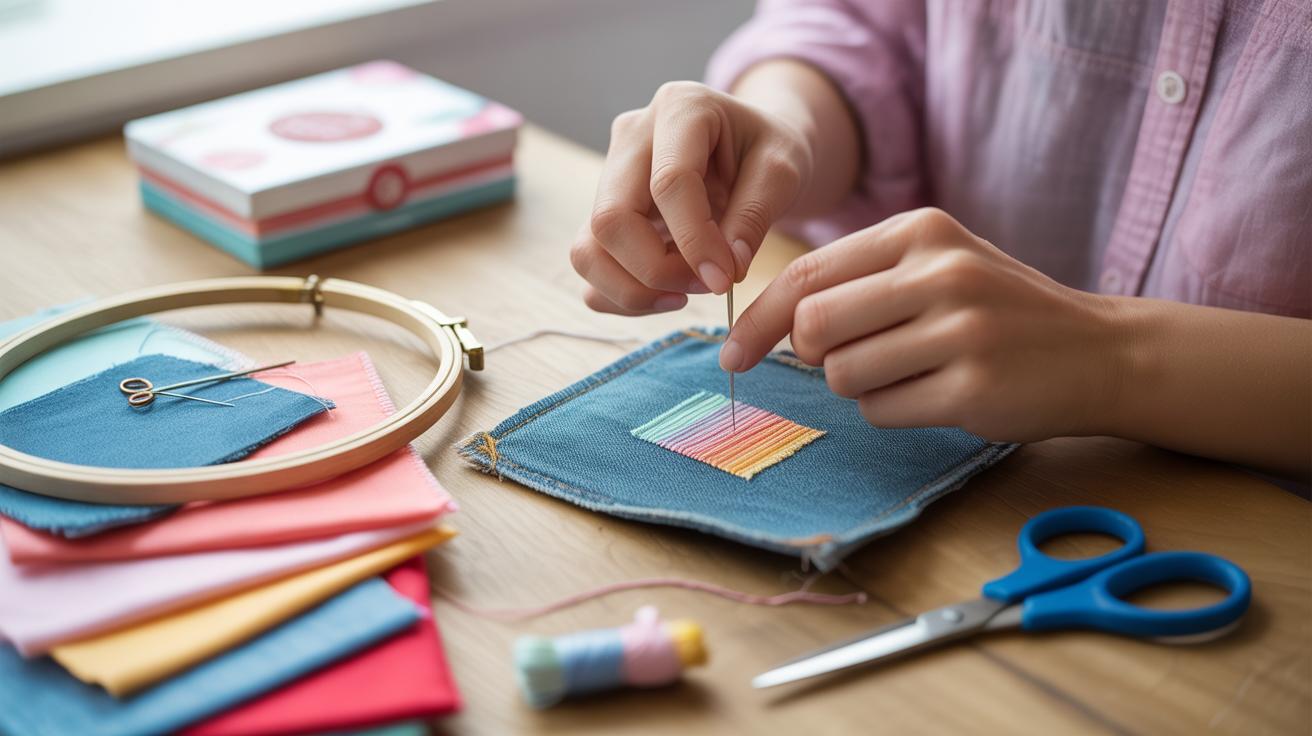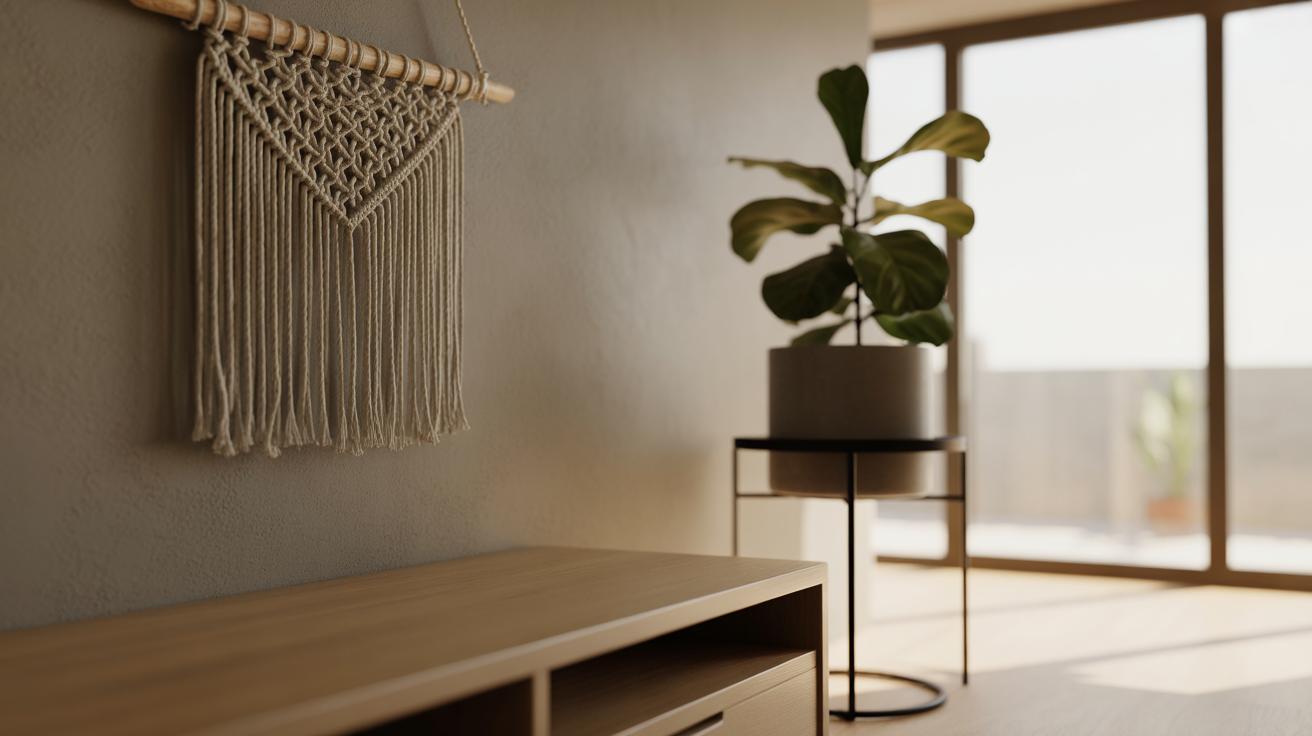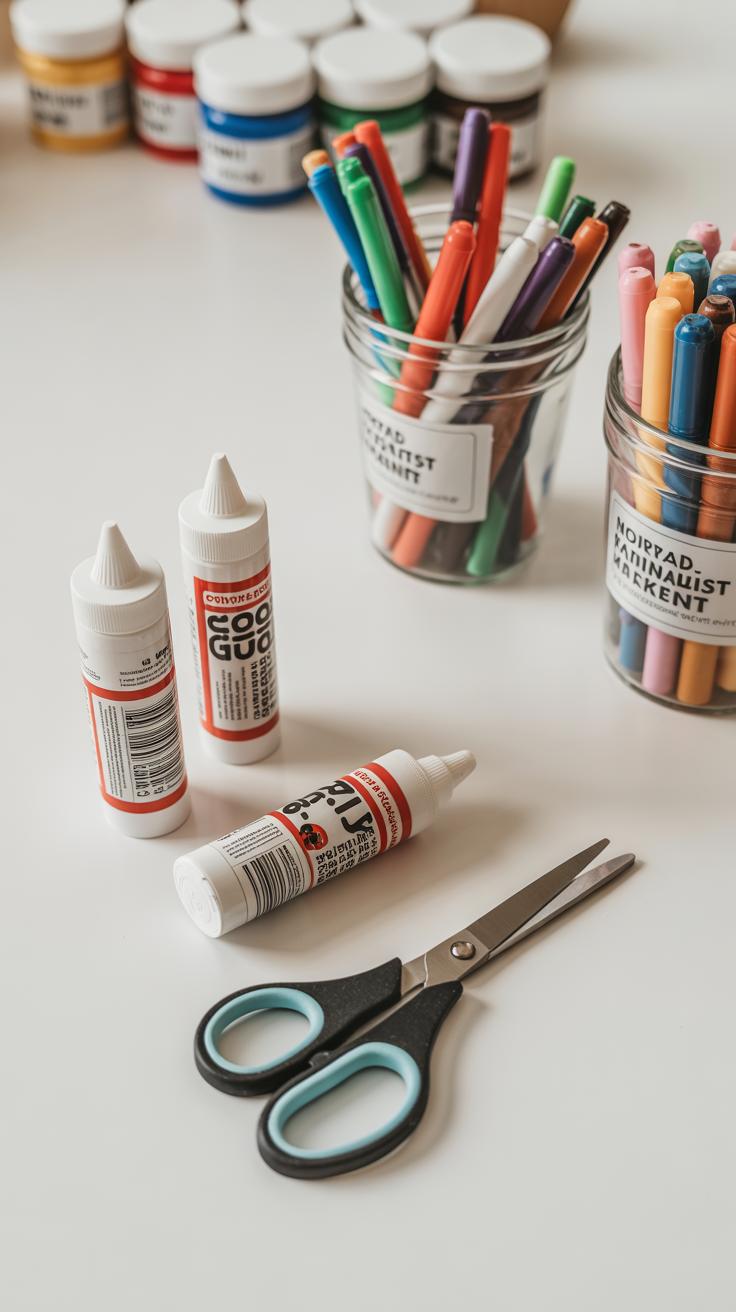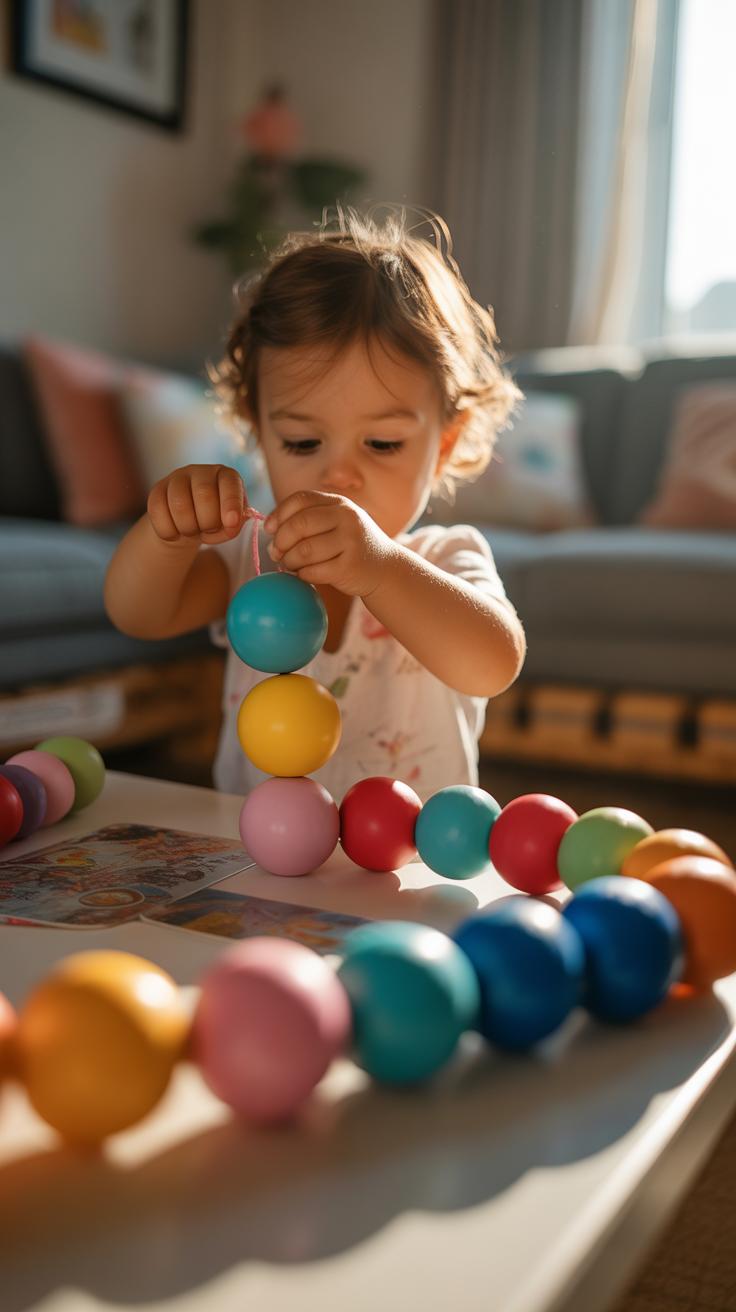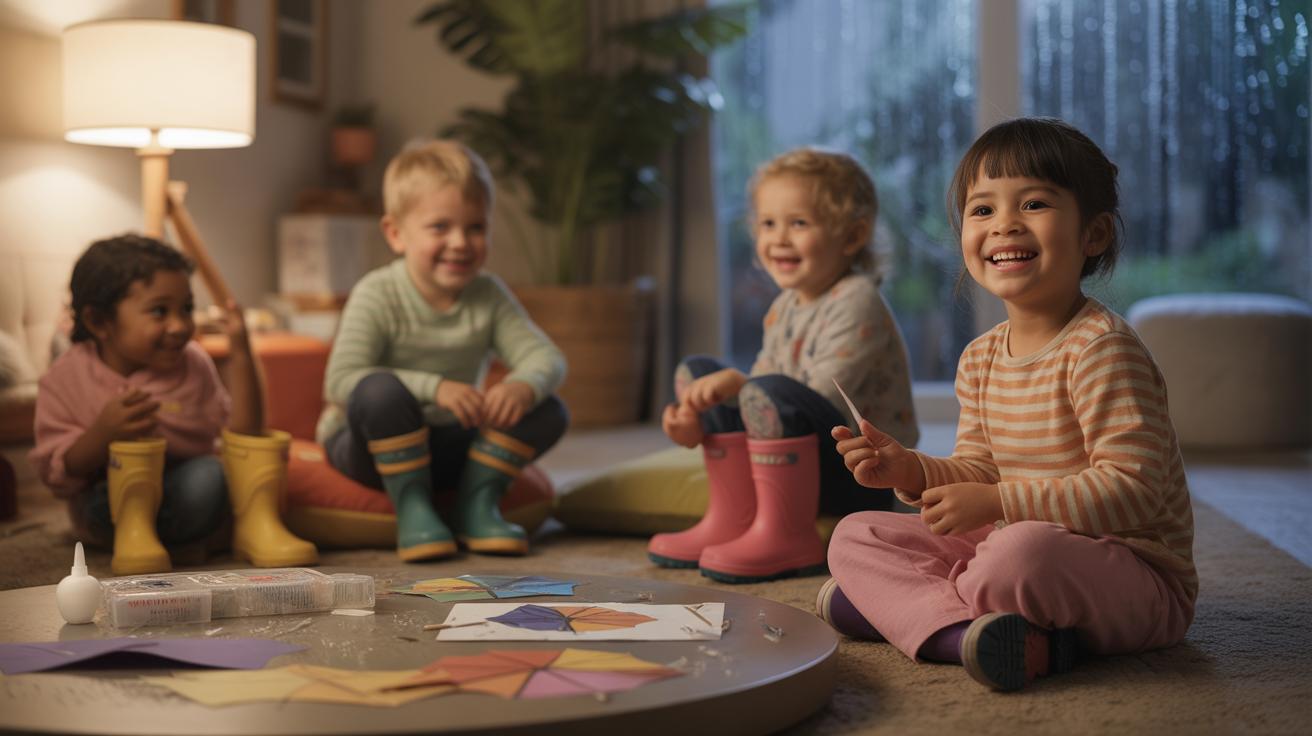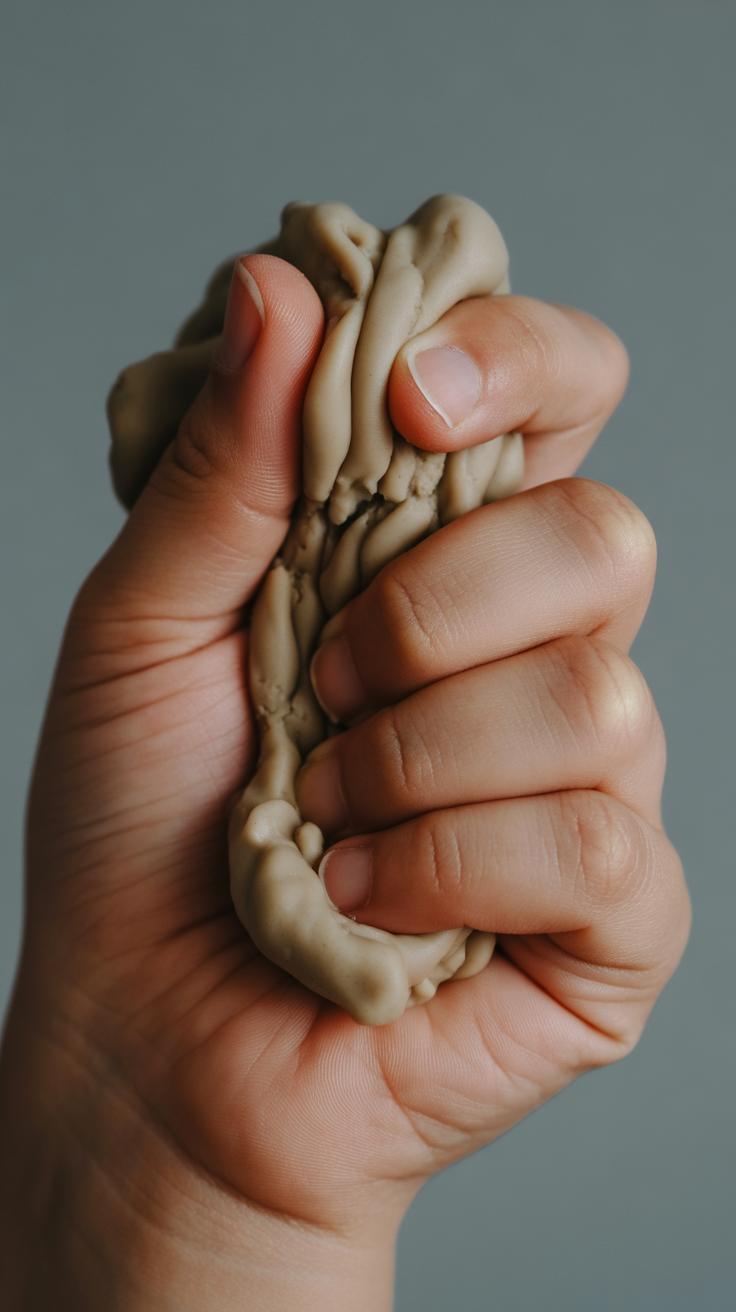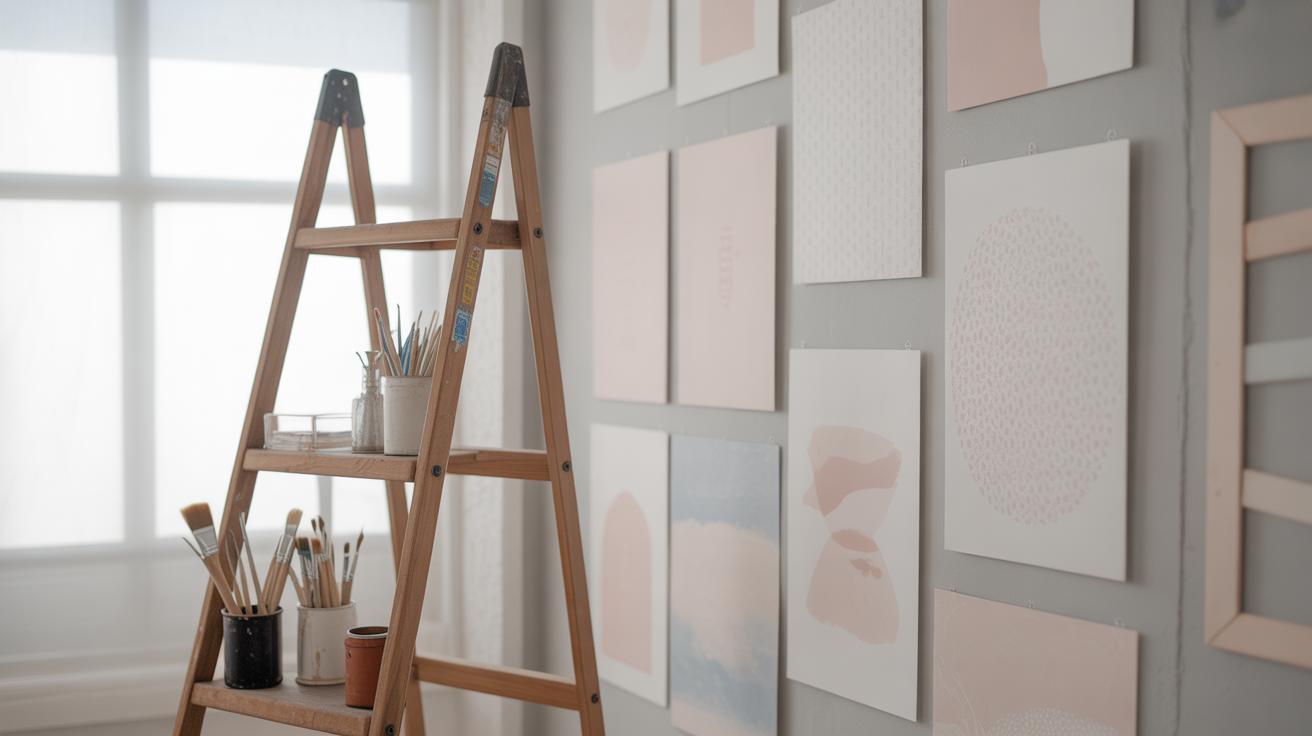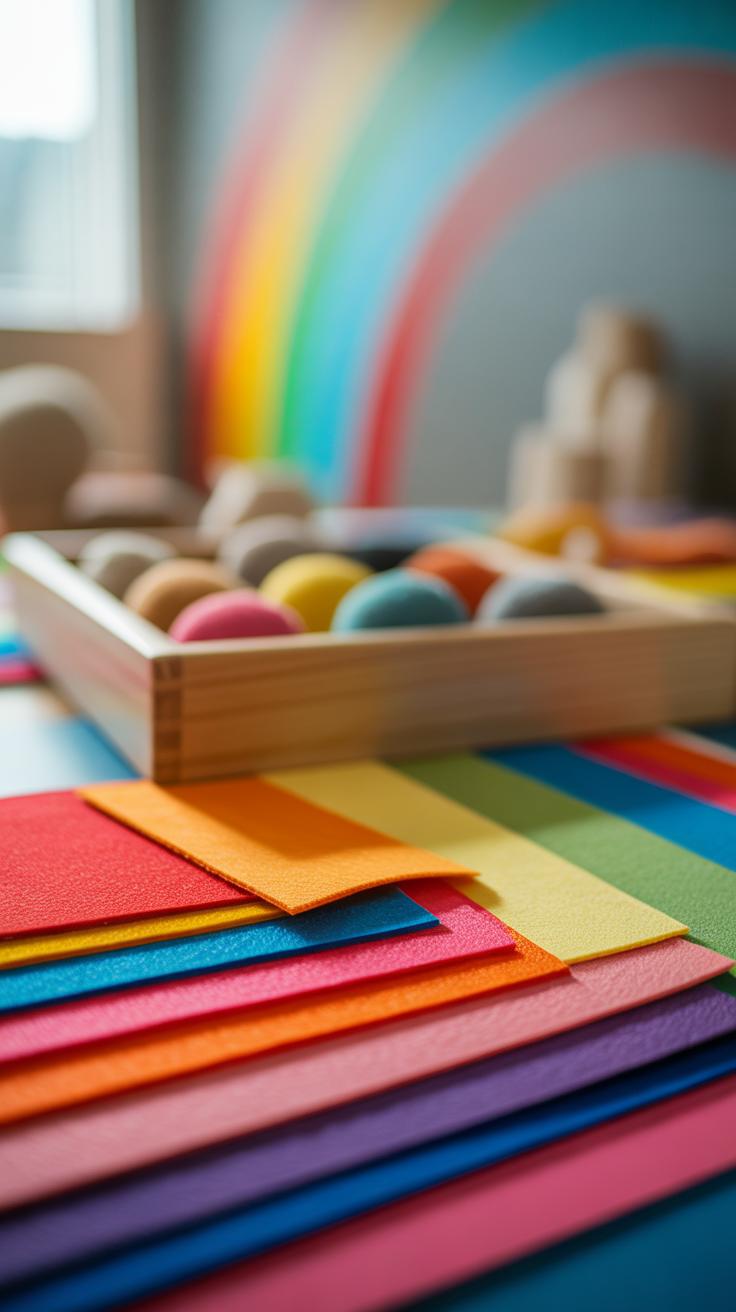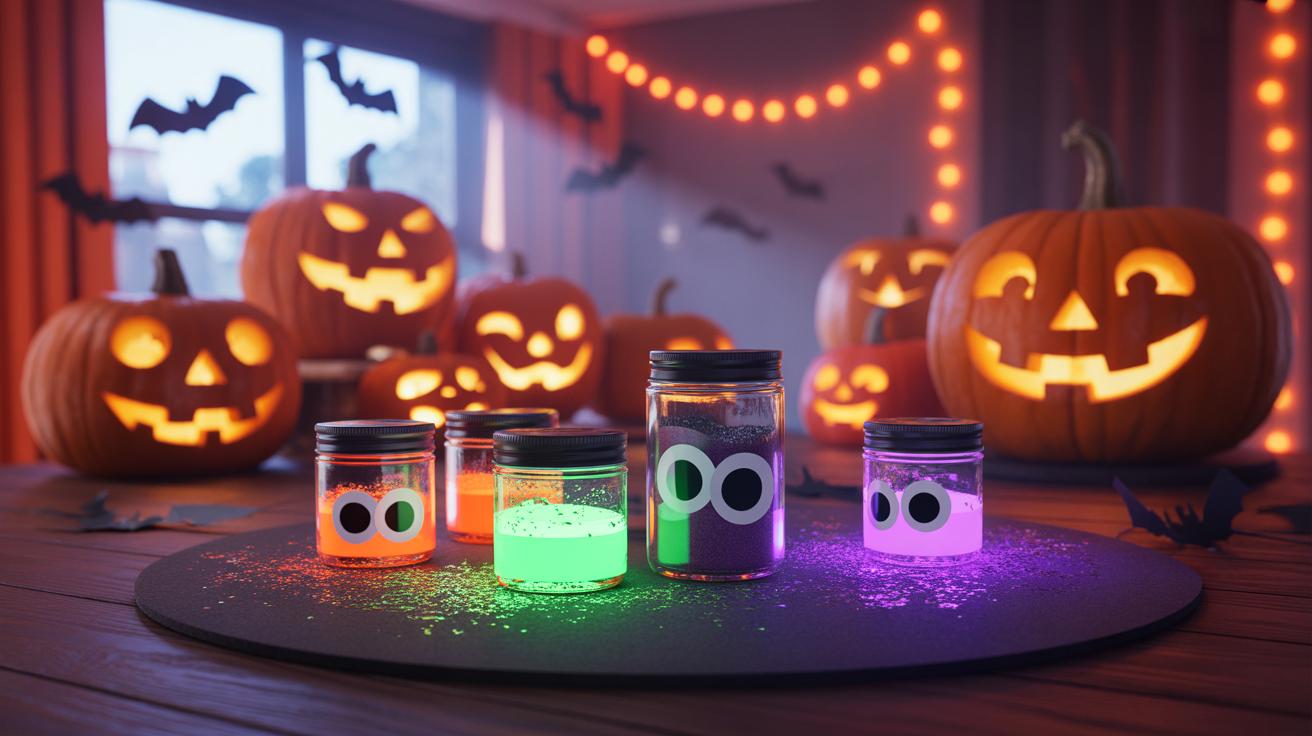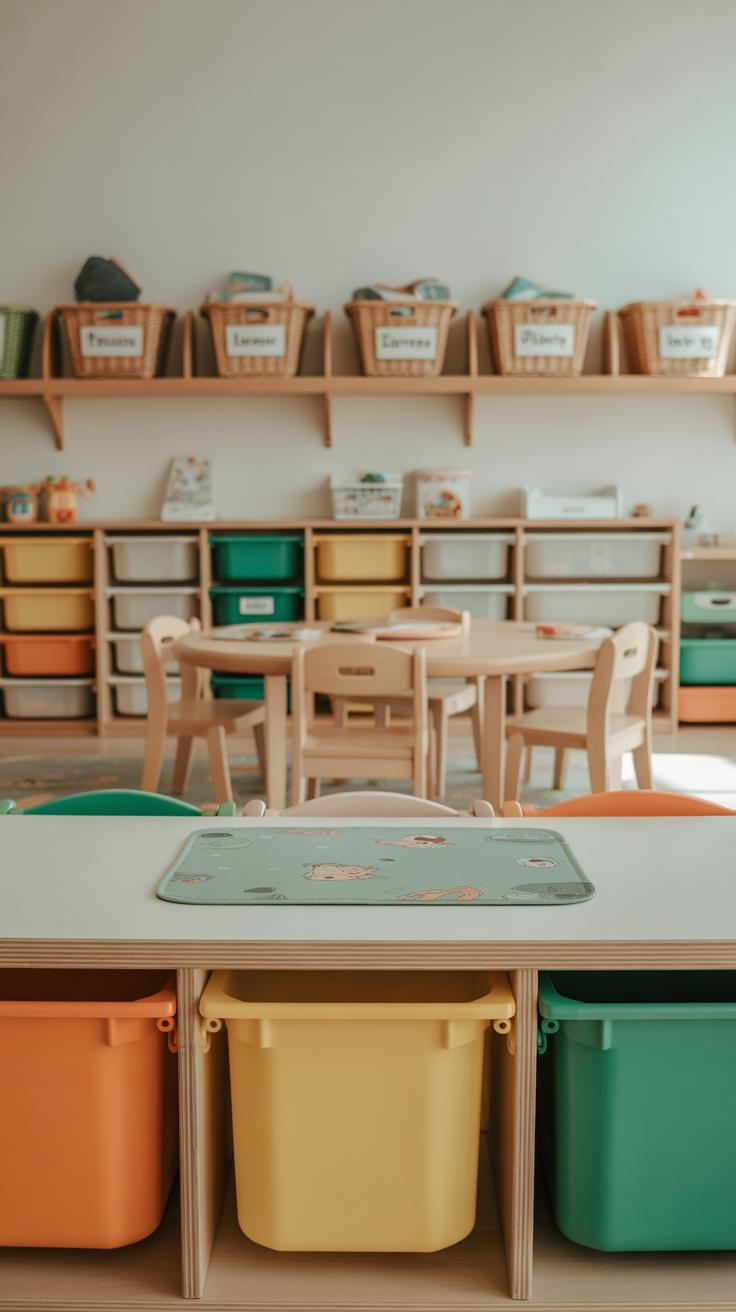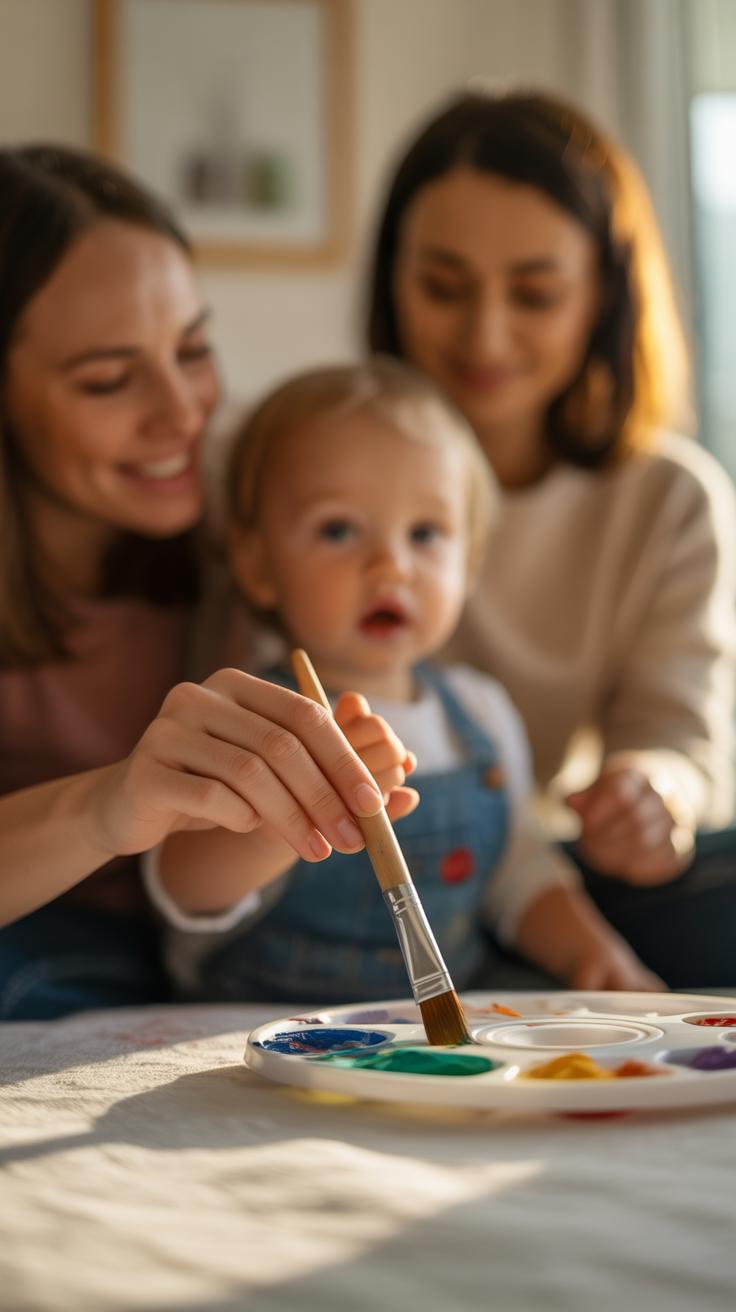Introduction
Easy toddler crafts help children develop fine motor skills, which are the small movements involving the fingers, hands, and wrists. These skills are essential as they form the foundation for tasks like writing, buttoning clothes, and using utensils. Engaging toddlers with crafts allows them to practice these movements in fun and interactive ways.
In this article, you will find ideas for crafts that nurture motor skills. We will explore activities that encourage hand-eye coordination and dexterity. You will also learn why these skills are important for your child’s growth and how simple crafts can make a big difference.
Easy Toddler Crafts To Develop Motor Skills
Understanding Motor Skills in Toddlers
When we talk about motor skills, we’re basically referring to the movements your toddler can make. These range from big movements like crawling or walking to smaller, more precise ones involving the hands and fingers. Fine motor skills are those small muscle actions—think about how your child uses their fingers to pick up tiny toys or hold a crayon. It might seem simple, but these small movements need a lot of coordination.
During early childhood, toddlers slowly get better at these tasks, often through exploring and playing. For example, when a child tries to grasp pebbles or string beads, those actions are strengthening the muscles in their fingers and teaching them control. It’s a messy, sometimes slow process, but crucial. Plus, developing fine motor skills doesn’t just support physical growth; it also ties into their cognitive and emotional development in ways that aren’t always obvious.
What Are Fine Motor Skills
In simple terms, fine motor skills are all about your child’s ability to use their hands and fingers to do small tasks. Think about things like picking up the tiny buttons you drop, holding crayons to scribble or color, or even trying to button their own clothes. These are not just random skills—they involve your child’s eyes and hands working closely together.
You might notice your toddler struggling with something as small as gripping a spoon or stacking blocks. Those little frustrations mean their brain and muscles are learning how to cooperate. It’s a gradual learning curve and sometimes it feels slow or uneven. But these small actions are really the foundation, the building blocks, for more complex skills later on.
Why Building Motor Skills Is Important
Developing fine motor skills early makes a difference that you might only really see later, when your child starts writing, dressing themselves, or even using utensils at mealtime. When these skills form steadily, your toddler gains more confidence to try things independently, rather than just relying on you all the time. It’s about giving them a bit of freedom, even if it’s messy or awkward at first.
These skills link closely to learning too. If your toddler can hold a pencil well enough to draw or write, it shapes how they approach schoolwork or creative activities down the line. And it’s not just about those practical tasks—the sense of accomplishment from doing little things on their own often boosts self-esteem in ways that stick with them beyond childhood. So, spending time on crafts that build these skills isn’t just a pastime; it’s setting up your child for future success.
Choosing Safe and Simple Craft Supplies
Safe Materials For Little Hands
When picking craft supplies for toddlers, safety has to come first. Your child will explore with all senses, including tasting, so non-toxic materials are a must. Look for glue labeled non-toxic, as well as crayons and paints made especially for kids. It’s surprising how many common craft items aren’t really suitable at this age. For example, tiny beads or sequins can be choking hazards, so they’re better saved for later. Sharp scissors? Avoid those. Instead, go for child-safe scissors with blunt tips. They allow toddlers to practice cutting without the risk of injury. You’ll want to keep a close eye on your little one during crafts, as even safe supplies become a problem if misused.
Tools That Help Develop Control
Choosing tools with your toddler’s grip in mind can make a big difference. Chunky crayons or large colored pencils fit better in small hands, letting young children hold them with more ease. When my niece first tried painting, her frustration dropped once we gave her thicker paintbrushes—those easy-to-hold handles really helped her feel in control. The right tool encourages experimenting without frustration, building confidence. Think about how these supplies invite your kid to develop coordination and precision gently. Not just crayons and brushes—you might try sponge brushes, thick chalk, or chunky markers. These make it easier for toddlers to make shapes while learning how much pressure to apply. In truth, sometimes less is more, so keep supplies simple, fun, and suited to your toddler’s current abilities.
Craft Ideas To Encourage HandEye Coordination
Craft projects that ask toddlers to connect what their eyes see with what their hands do are great for developing hand-eye coordination. Think about simple activities like stringing beads, peeling and sticking stickers, or painting with a brush. Each of these requires your little one to coordinate their focus and fine movements—moving their hands carefully based on visual cues.
For example, when a toddler picks up a brush and tries to follow a shape or paint within a line, it’s not just about making a picture. They’re practicing moving their hand to match what they see. It’s a back-and-forth process, sometimes slow, sometimes fidgety, but always valuable for learning control.
Similarly, placing a sticker on a precise spot means aiming and controlling finger movements with awareness. These tasks might seem easy, but they are stepping stones for more complex skills later on, like writing or tying shoelaces.
Bead Stringing For Focused Movements
One of the best ways to support hand-eye coordination is by having your toddler thread large beads onto a string. It’s a simple idea, but it requires several coordinated actions at once: spotting the bead, picking it up, aligning it with the string, and finally threading it through.
It’s almost like a little puzzle. Your child needs to focus on the hole in the bead and line up their fingers just right to slide it through. This improves precision and control in their small muscles—what you might call fine motor skills. Plus, it’s fun to watch their concentration build. Sometimes, they may need a bit of guidance, like holding the string steady or showing how to twist the bead, and that’s perfectly okay.
Sticker Placement For Control Practice
Using stickers is another surprisingly effective way to develop hand-eye coordination. When toddlers pick up a sticker and decide where to place it, they are practicing aiming and controlled finger movement. It sounds straightforward, but it takes some skill to peel a small sticker, hold it without folding it, and place it on a target spot.
You can make this activity more engaging by creating simple play scenes—like a garden to fill with flower stickers or a spaceship decorated with stars. Encourage your toddler to place stickers carefully, maybe even challenging them to fit them within certain areas. Sometimes, they might miss or stick one sideways, but that’s part of learning control. Patience is key here, and occasionally, it helps to praise the effort more than the perfect placement.
Crafts That Strengthen Finger Muscles
Building finger strength and dexterity in toddlers is key to their fine motor development. Crafts like playdough modeling, paper tearing, and clothespin activities directly challenge those little muscles. You might be surprised how simple actions—like squeezing a lump of playdough or pinching a clothespin—can prepare a child for more complex skills later on.
Playdough Modeling Benefits
When toddlers shape and squeeze playdough, they’re not just having fun. That resistance works their fingers and hands, helping muscles grow stronger. Try encouraging your child to roll playdough into balls, form thin snakes, or press shapes into it with cookie cutters. These motions ask them to use different finger grips—from whole-hand squeezing to more precise pinching. It’s interesting to watch how a toddler’s strength subtly improves with regular play, even if it seems like just some messy fun.
Using Clothespins To Improve Grip
Clothespins are surprisingly helpful tools for strengthening those finger muscles. Opening and closing them requires careful control and builds endurance in small muscles. You can turn this into an easy game by having toddlers hang paper shapes or cards on a line with clothespins. It’s a low-pressure way to get repeated practice. You may notice your toddler’s grip becoming steadier, which makes writing and holding utensils easier over time. Plus, it’s fun to see which shapes they like to clip, adding a bit of choice to the activity.
Incorporating Color and Texture To Stimulate Senses
Colors grab a toddler’s attention like almost nothing else. Bright reds, blues, and yellows can motivate your little one to reach out and explore, sometimes for far longer than expected. Using colored paper, markers, or paint in crafts isn’t just about making things look nice; it’s about giving toddlers a reason to want to play and create. You might notice that toddlers tend to pick up crayons or brushes more eagerly when the colors pop. It’s simple, but it works.
But color alone isn’t the whole story. Different textures add another layer that helps toddlers engage more fully. Touching rough sandpaper, soft fabric scraps, or smooth beads gives your child’s sense of touch plenty to explore. These experiences don’t just feel interesting; they help build sensory awareness and strengthen the small muscles in their hands. I think the variety keeps toddlers curious and encourages them to use different grips or movements they wouldn’t otherwise try.
Here are some texture-rich activities you might try:
- Let your toddler glue pieces of sandpaper and fabric onto paper for a tactile collage.
- Use finger paints on different surfaces—like wax paper or cardboard—to vary the feel and resistance.
- String large, smooth beads to practice grasp and hand-eye coordination.
Engaging sight and touch together makes a craft feel more real and enjoyable for toddlers. You might wonder if some textures are better than others—but that probably depends on your child. Some toddlers might love the scratchiness of sandpaper, while others prefer soft, fuzzy fabrics. Trying a mix lets you see what sparks their interest and helps build those important fine motor skills without it feeling like a chore.
Encouraging Creativity Through OpenEnded Crafts
Open-ended craft activities let toddlers create without fixed rules. This kind of freedom invites exploration—your child experiments with materials, shapes, and textures, deciding what to do as they go.
When there are no strict instructions, toddlers naturally engage problem-solving. They figure out how to hold a brush just right or decide which pieces of paper fit together best. This kind of trial and error supports fine motor skill growth in a more organic way than repetitive, rule-bound tasks.
Letting your toddler lead also sparks creativity in unexpected ways. Sometimes the messiest projects bring the most joy—and yes, it can be a bit chaotic, but it’s part of discovery. You might wonder if it’s ‘productive,’ but really, the process matters more than the final craft.
When children pick colors or shapes on their own, they practice decision-making along with coordination. This boosts confidence and ownership over their creations. Watching a toddler choose tiny bits of paper or swirl finger paint almost feels like watching their brain work in real time—slow, curious, testing limits.
Some examples of open-ended crafts you can try with your toddler:
- Collage making from scraps of fabric, paper, or natural items like leaves
- Finger painting with simple trays of washable paint
- Stamping with everyday objects like sponges or bottle caps
- Building shapes from clay or playdough with no “correct” model
The key is keeping rules minimal. Focus on fun and exploration, not neatness or accuracy. This encourages toddlers to enjoy the act of making, refining their fine motor skills almost without noticing.
Setting Up A Toddler Friendly Craft Space
Organizing For Independent Crafting
When setting up a craft space for your toddler, think about how they will actually use it. Materials placed within easy reach invite little hands to explore without waiting for constant help. Low shelves, clear bins, or even simple baskets can do the trick. For example, a small shelf with labeled containers for crayons, paper, and glue sticks can encourage your toddler to pick what they want, maybe even try something new.
Sometimes, I noticed that open containers work better than closed ones, at least for a toddler—because lids can be tricky. But open bins also risk more mess. It’s a bit of trial and error, really. Having a rotating system, where you only set out some supplies at a time, can make the space less overwhelming and give a clearer sense of options.
Maintaining A Mess-Free Environment
Mess is part of crafting, but you can manage it more easily by choosing washable materials. Crayons, markers, and paints that wash off clothes and surfaces minimize stress—trust me, I’ve seen many a toddler’s shirt survive another day because of this. Cover tables with plastic mats, old newspapers, or inexpensive drop cloths to protect surfaces.
Another trick is to develop a cleanup routine right from the start. Encourage your toddler to help put things away—it’s a skill in itself and teaches responsibility. Sometimes, it takes patience because little ones can get distracted, but keeping the craft area tidy after every session makes it ready and inviting for next time. You might find it less daunting if cleanup always includes some kind of song or game, though that might not work every day.
Supporting Your Toddler During Craft Time
When To Guide And When To Step Back
It’s tricky to know just when to jump in and when to let your toddler figure things out on their own. Sometimes, you might see your little one struggling with a glue stick or those tiny beads, and the urge to help is strong. But often, patience pays off if you just watch quietly. Does your child keep trying but gets frustrated? That might be the moment to offer a gentle hand or a simple prompt. On the other hand, if they’re curious and seem to enjoy the challenge, letting them explore—even if it looks messy or slow—can build independence. It’s a balance that shifts from day to day, really. Your role is partly coach, partly cheerleader, partly observer.
Encouraging With Positive Feedback
Praising your child during crafts isn’t about perfect results. Instead, focus on the effort—the concentration, the choices they make, the way they pick up a crayon or carefully cut paper. You might say things like, “I see you worked really hard on that!” or “You did a great job trying those shapes.” It can be tempting to correct mistakes right away, but praise often sticks better when it’s about trying rather than being right. I’ve noticed that kids light up when you notice small successes, even if the craft looks far from completed. That encouragement creates confidence and encourages them to keep going, even if next time looks different.
Conclusions
Creating crafts with your toddler is more than just play. It builds important motor skills that help with daily tasks and future learning. These crafts encourage your child to use their hands and fingers in new ways, improving their precision and control.
By introducing easy and enjoyable activities, you support your toddler’s development step by step. Watching them succeed in these small tasks will motivate them. You will see growth in their abilities and confidence. Take time to craft together and make learning a joyful experience.

